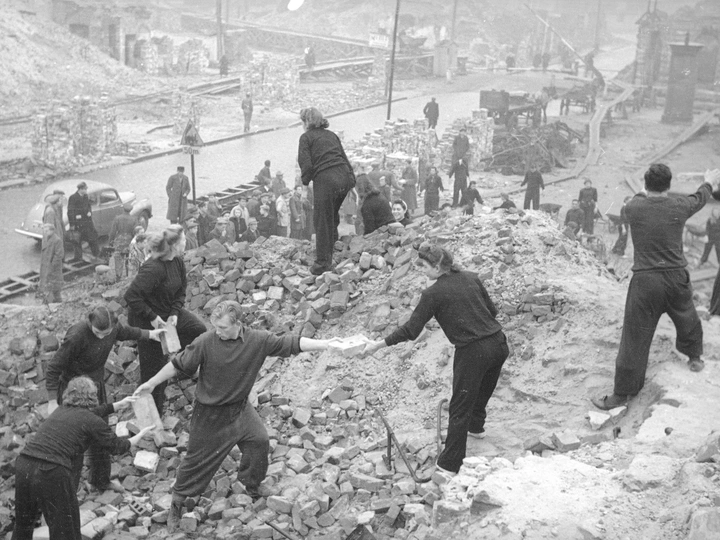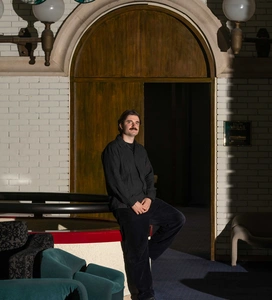Atlas of Ruderal Architecture

I’m an architectural historian and curator. My work investigates ruined built environments, with a particular focus on building material reuse, recycling, and wasting in historical and contemporary architecture. I’ve studied art history at the University of Warsaw, architectural history at the Bartlett, University College London, and completed my doctorate in architecture at the University of Manchester in 2022. My doctoral thesis examined the history of ruins and rubble during the postwar socialist reconstruction of Warsaw. My current postdoctoral project at the University of Fribourg employs ethnographic methods to study transnational supply chains of second-hand windows supporting grassroots renovations in wartime Ukraine. I was a fellow at the Bauhaus Foundation in Dessau (2018), German Historical Institute in Warsaw (2020), and a recipient of Theodor Fischer Award (2024). I have curated numerous architectural history exhibitions, most notably the show titled 'Rising from Rubble: Warsaw 1945-1949' at the Museum of Warsaw (2023). The show was accompanied by the publication on the past and future of ruins in architecture, which I have edited and contributed to (Museum of Warsaw, 2023). My texts in English and Polish have been published in academic, professional, and popular publications on art and architecture. I am currently completing an academic monograph on the history of the second materiality of architecture and landscape in postwar Warsaw.
Following World War II in Europe, botanists such as R.S.R. Fitter in London, H. Sukopp in Berlin, and R. Kobendza in Warsaw studied the novel ecosystems emerging in the ruins of postwar cities. Their work documented ruderal nature (from the Latin "rudus" for rubble), exploring how plants adapted to environments radically transformed by the war. These studies were the first to engage with these unique ecosystems, which are now recognised for their crucial role in mitigating the effects of climate crisis in cities.
For almost a decade, I have been researching architecture that, much like ruderal nature, arises in the wake of wartime ruination. My doctoral research documented how, in the 1940s, architects, engineers, and builders across Europe adapted to postwar conditions by engaging in age-old practices of salvaging, reusing, and recycling. This research formed the basis for a major architectural history exhibition I curated at the Museum of Warsaw last year. Now, I follow the resurgence of material reuse in Europe, focusing on initiatives in Poland and Switzerland that supply grassroots renovations in Ukraine with second-hand construction components.
A better understanding of ruderal architecture can greatly enrich our approach to sustainable design and circular construction by highlighting the realities of building with limited access to finances, fossil fuels, and raw materials. To this end, I am developing an Atlas of Ruderal Architecture—a project based on my growing database of sites, people, and stories, as well as my experience as a curator, editor, and educator. Currently, I am working to expand the atlas into an itinerant exhibition and an online publication. This way, the project can serve as a tool for engaging architects, students, and the broader public in thinking with ruderal architecture about the possibilities of dwelling on a ruined planet.
